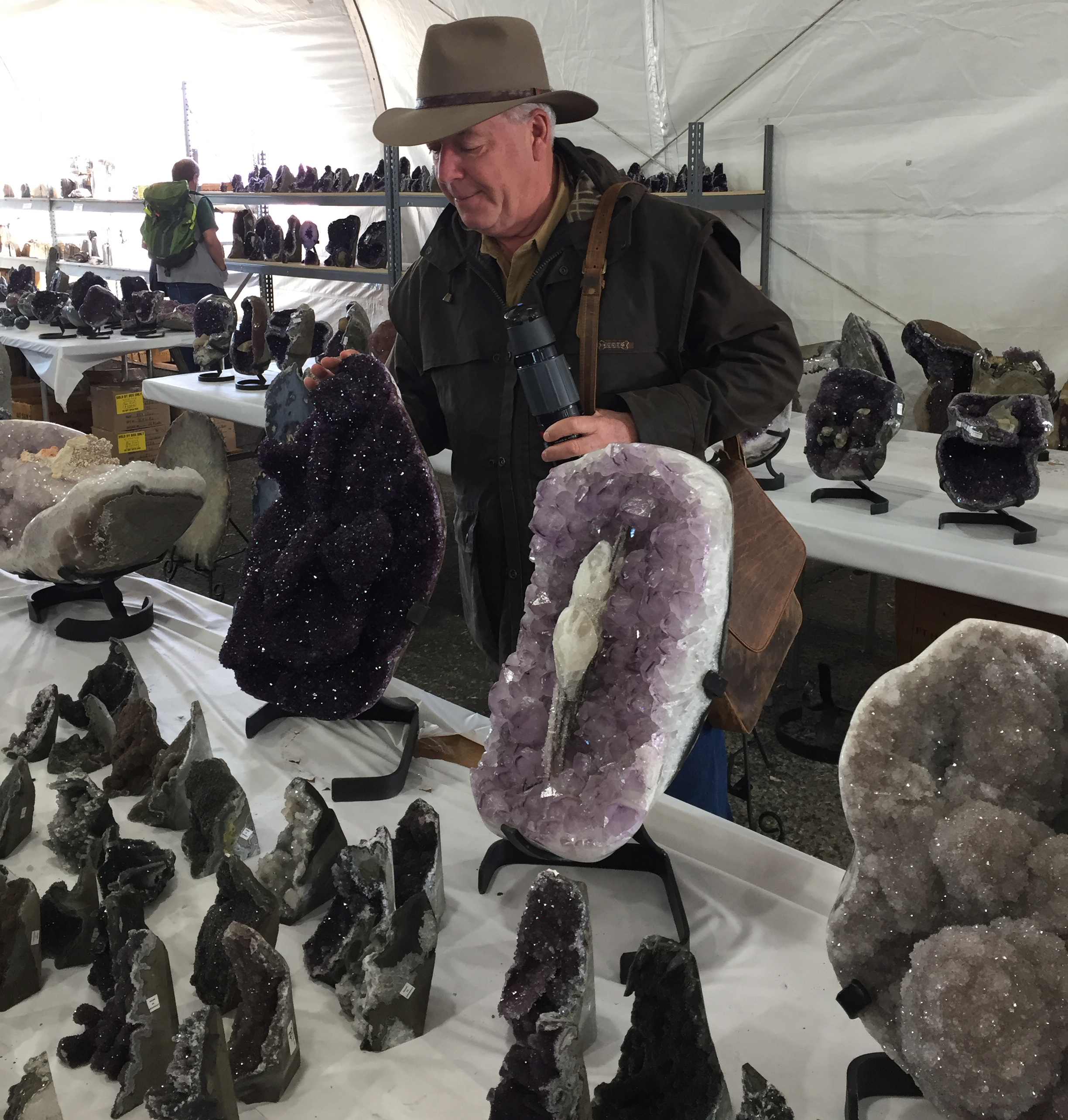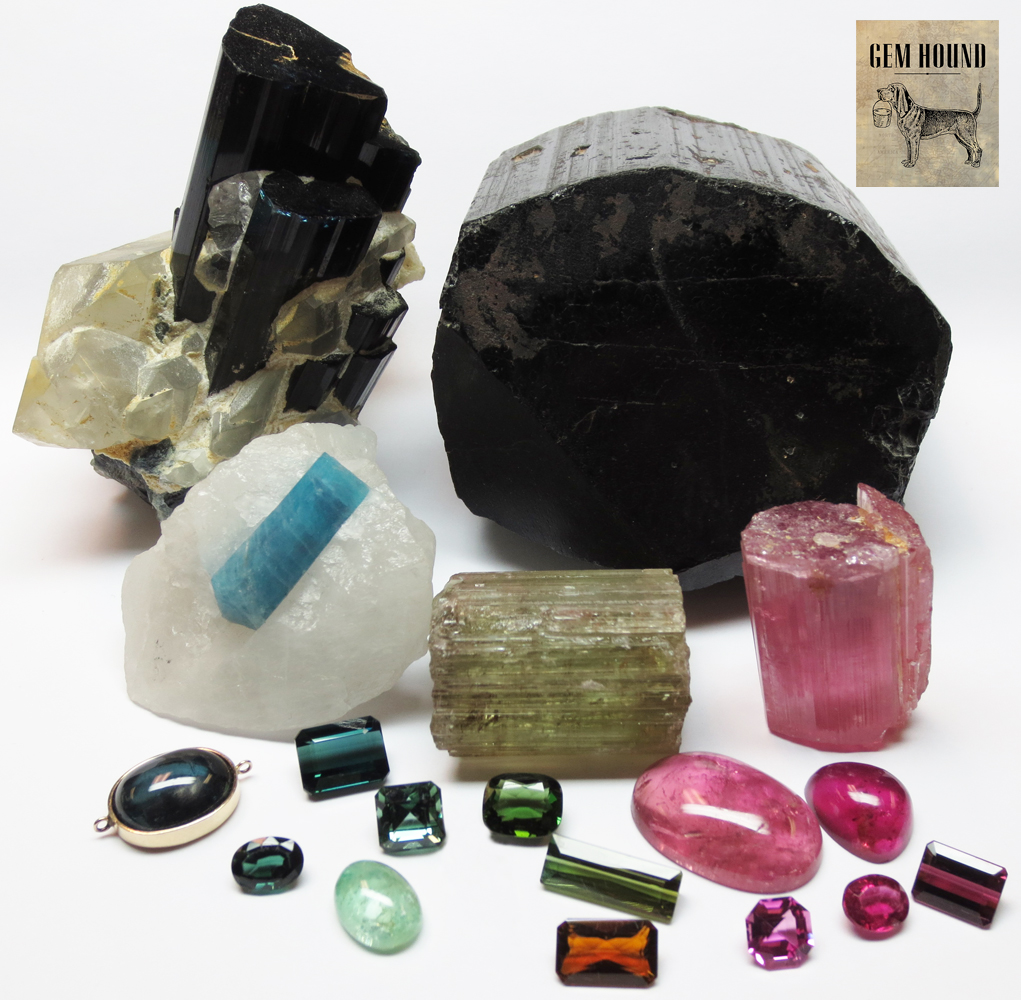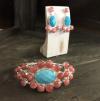In the mid-1800s, stones became classified into two groups: precious and semiprecious. The term “precious stone” refers to four types of gemstones: diamonds, rubies, sapphires, and emeralds. Semiprecious stones are all other gemstones that are used in personal adornment. Some examples are: amethyst, aquamarine, chrysocolla, lapis lazuli, malachite, peridot, tiger's eye, tanzanite, and turquoise. Even pearls, amber and coral are included in this category.
Today, these two classifications are falling out of favor because they can lead one to incorrectly believe that semiprecious stones are less valuable than precious gemstones. In fact, many “semiprecious” stones are rarer and sell for more money than “precious” stones. At one time, amethyst was considered a precious gem until it lost its rarity when a large deposit was discovered in South America. Diamonds are extremely common, but are considered precious simply because they are popular. Tanzanite is extremely rare yet is still categorized as semiprecious.
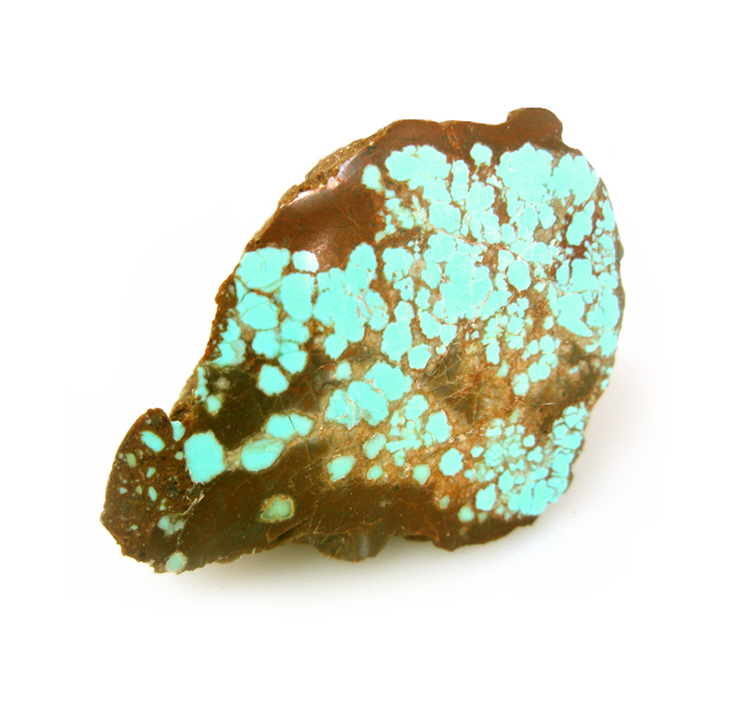 | 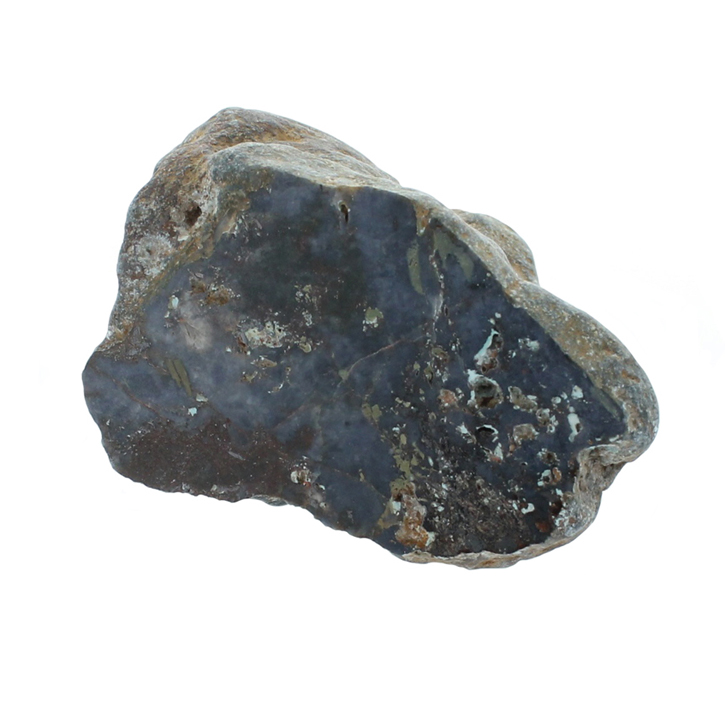 | 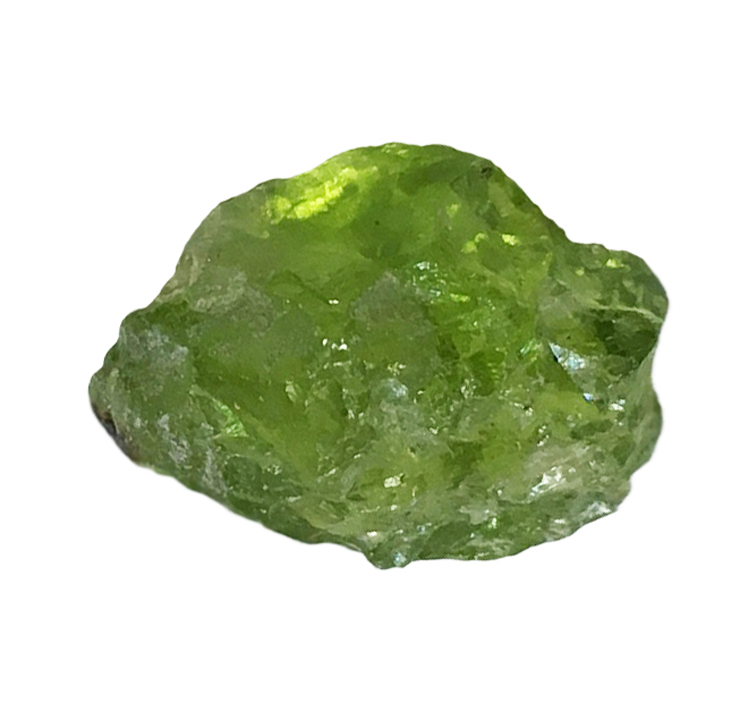 |
So what does all this really mean? That the two categories are arbitrary. What really defines whether a stone is precious is you and your personal preference.
